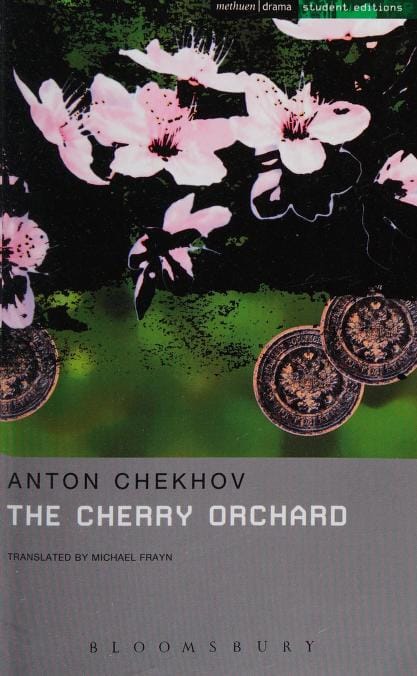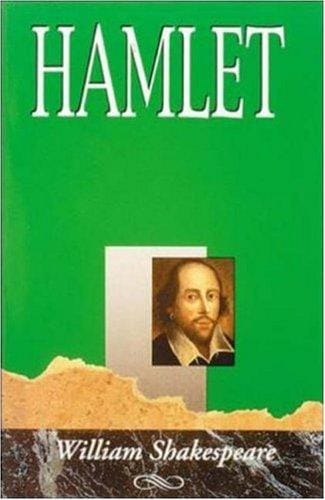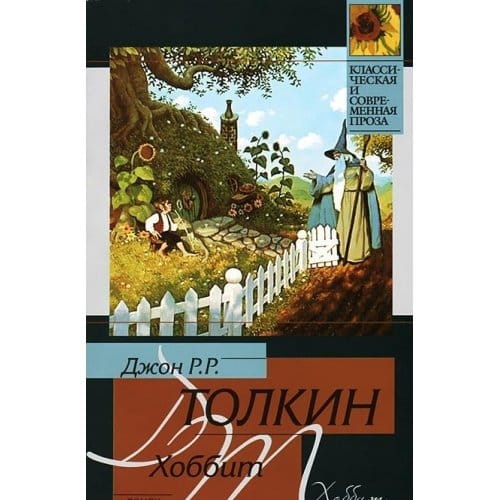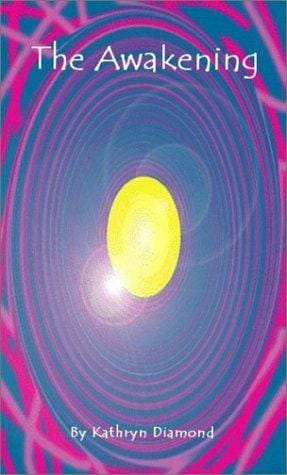The Enduring Magic of Anton Chekhov’s “The Cherry Orchard”
Dive into Chekhov’s masterpiece The Cherry Orchard. Discover its plot, characters, themes, and why this landmark play still resonates with modern audiences.

Introduction
Anton Chekhov’s final play, “The Cherry Orchard,” premiered in 1904 and quickly cemented itself as a cornerstone of world drama. Set on a fading Russian estate, the work blends comedy and tragedy to explore social change, memory, and the passage of time. More than a period piece, the play remains relevant because it captures the universal anxiety that accompanies progress. This article offers a concise yet comprehensive look at the plot, characters, themes, symbolism, and ongoing influence of Chekhov’s celebrated masterwork.
Plot Summary
The story unfolds on the estate of Lyubov Ranevskaya, an aristocrat returning from Paris after a five-year absence. Burdened by debt, Lyubov learns that her beloved cherry orchard and ancestral home will soon be auctioned to pay creditors. Lopakhin, a self-made businessman whose father was once a serf on the property, proposes cutting down the orchard and leasing the land for summer cottages. Although the plan would save the family, Lyubov and her brother Gaev cannot fathom destroying something so tied to their identity. As seasons change from spring to winter, the family hosts parties, reminisces, and procrastinates until the inevitable sale. In the end, Lopakhin triumphantly purchases the estate, symbolizing Russia’s shifting social order, while the aristocrats depart in sorrow and the sound of axes echoes in the distance.
Major Themes
At its core, “The Cherry Orchard” grapples with social transformation. The emancipation of the serfs in 1861 dismantled Russia’s feudal hierarchy, allowing former peasants like Lopakhin to accumulate wealth and power. Chekhov contrasts this new entrepreneurial spirit with the inertia of the gentry, embodied by Lyubov and Gaev, who cling to memories rather than adapt. Interlaced with the political shift is the theme of time: characters constantly recall childhood, past loves, and lost opportunities. However, nostalgia offers no refuge; the orchard, once a symbol of innocence, must fall to make way for a dawning century. Chekhov also explores human communication—or the lack thereof. Characters talk past one another, fill silence with idle chatter, and avoid confronting their problems, underscoring the difficulty of genuine connection in moments of upheaval.
Historical Context
Written at the turn of the twentieth century, the play mirrors the social tensions simmering before Russia’s 1905 revolution. The aristocracy was losing its economic footing while industrialization and urban migration created new classes and ambitions. Chekhov, a physician and keen observer, captured these nuances without overt polemic. Instead, he embedded politics within ordinary conversations, garden picnics, and late-night billiard games. This subtlety helps explain the drama’s staying power: audiences across cultures see their own societal shifts reflected in the orchard’s demise, from post-war Europe to twenty-first-century debates about globalization and gentrification.
Symbolism of the Cherry Orchard
The titular orchard functions as the play’s central metaphor. To Lyubov, its white blossoms recall her carefree youth; to Gaev, it is a sacred monument; to Lopakhin, it is underutilized real estate waiting to be developed. Because the orchard embodies beauty, heritage, and economic value simultaneously, each character’s attitude toward it reveals their worldview. The final sound cue—axes chopping wood—signifies not only physical destruction but the irreversible march of progress. Scholars often point out that Chekhov resisted romanticizing the past: the same orchard once required oppressed serfs to labor in its fields. Its fall, therefore, is bittersweet, suggesting both loss and the possibility of renewal.
Key Characters
Lyubov Ranevskaya is impulsive, generous, and emotionally fragile, her spending habits a literal and figurative drain on the estate. Lopakhin, pragmatic yet awkward, embodies social mobility and the contradictions of success; he can buy the orchard but cannot bridge the cultural gulf between himself and the gentry. Gaev, with his eccentric speeches to bookcases and imaginary billiard shots, represents the idle aristocrat lost in nostalgia. Supporting figures amplify the central conflict: Varya, the adopted daughter, yearns for order but remains romantically stalled; Trofimov, the “eternal student,” champions radical ideas while shirking practical responsibility; elderly Firs believes everything was better before emancipation, serving as a living relic of serfdom left behind—quite literally locked in the house—when the family departs.
The Play’s Legacy
Since its Moscow Art Theatre debut under Konstantin Stanislavski, “The Cherry Orchard” has invited varied interpretations. Some directors emphasize its comedic elements—the absurd banter, pratfalls, and social satire—while others spotlight its pathos. The play influenced realism in theatre by showcasing ordinary events in real time, eschewing melodrama for subtext. Its nuanced roles remain a rite of passage for actors worldwide, from the legendary Olga Knipper to contemporary stars like Diane Lane and Benedict Cumberbatch. Academic discourse likewise flourishes, examining the drama through lenses such as post-colonialism, eco-criticism, and queer theory, proving its adaptability.
Why It Still Matters
Modern audiences see in “The Cherry Orchard” a mirror for economic uncertainty, environmental concern, and cultural displacement. Whether one views the orchard as rainforest, family business, or endangered neighborhood, the tension between preservation and progress feels immediate. Chekhov’s refusal to offer easy answers encourages reflection rather than prescription, inviting each generation to negotiate its own relationship with change.
Conclusion
With delicate humor and piercing insight, Anton Chekhov crafted a play that outlives the world that birthed it. “The Cherry Orchard” remains a timeless study of people standing on history’s threshold—some clinging to doors that are closing, others reaching for new ones opening. Its characters may be uniquely Russian, but their hopes, follies, and regrets echo wherever past and future collide. For readers, theatergoers, and students alike, returning to the orchard is a perennial reminder that while blossoms fade, the questions they inspire endure.



